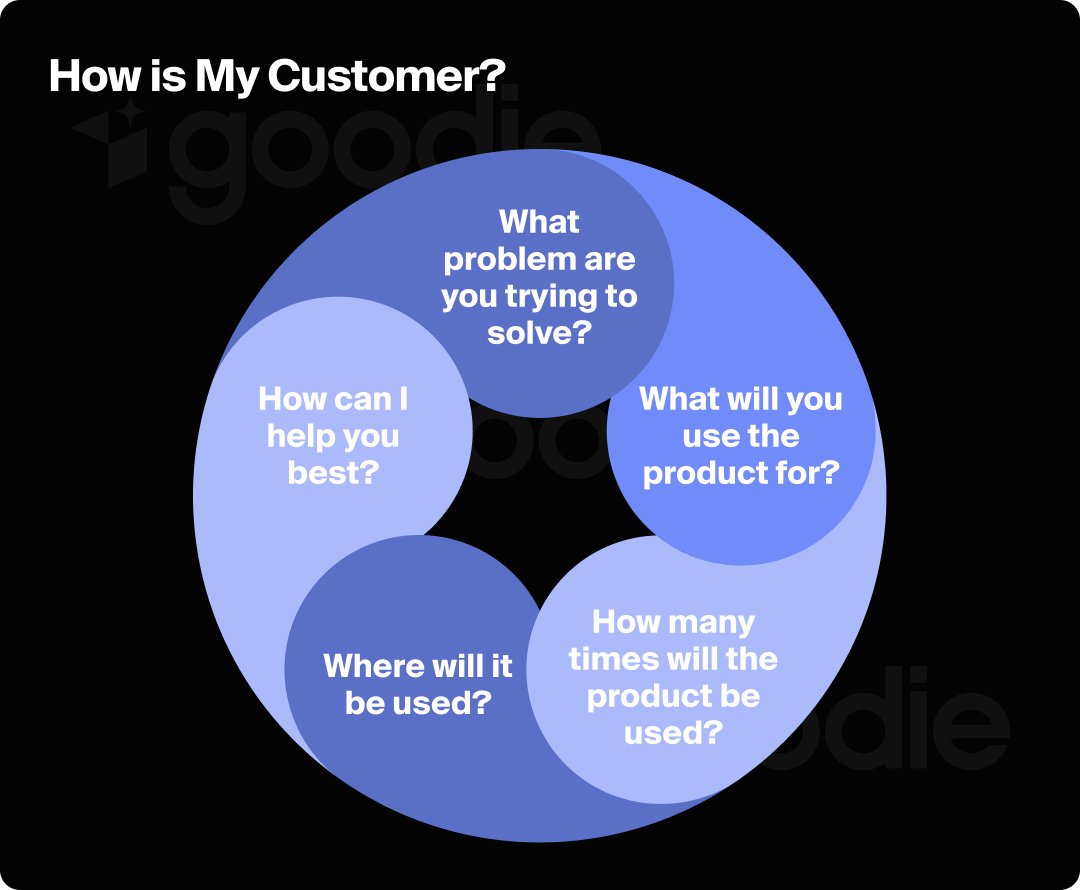

Welcome to the year 2050, where your entire online shopping journey takes place with an AI assistant. You can ask which type of umbrella takes up the least amount of space while providing maximum coverage in the rain, which type of baseball glove is best to get for your nephew, or which ingredients are needed to make a soufflé.
Hold on.
You don’t have to wait until 2050 for that experience; you can do it today. Amazon’s generative AI-powered shopping assistant, Rufus, aims to answer all of your questions with the context you give it. This signals a major transformation: it’s not just about understanding what customers search for, but rather why they are searching.
Amazon Rufus is trained on product catalogs, reviews, community Q&As, and web data. If we look further under the hood, it’s also trained on LLMs and Retrieval-Augmented Generation (RAG) with 80,000 AWS Inferentia and Trainium chips for scale. All of these items come together to serve the most apt response to the user as possible.

Key Features Include:
The old model for Amazon optimizations was simple, and it went something like this: optimize for keywords → appear in Amazon search results. Although this system worked most of the time, it was missing a key piece of the user journey: context. Users were forced to readjust their query, scroll through product listings, and read through descriptions and reviews to find the perfect product.
Now, with Rufus, the new model looks something like this: optimize for intent and context → appear in Rufus’s conversational responses. Simply put, context-driven information is now SEO for AI.


Other than contextual data, Rufus can also access behavioral data with previous searches. It can tell what the customer browsed, purchased, reviewed, and asked.
This presents a shift to the marketer’s mindset. We have evolved past “What keyword is the customer typing?” to “What problems is the customer trying to solve?” Those who map full, intricate customer journeys (including use cases, emotional triggers, barriers) will have the greatest amount of success.
In terms of practical application, work to enrich your listings with customer personas. For example, you can mention that a product is “for busy parents,” or “for tech enthusiasts.” After implementation, use Rufus queries as feedback loops for customer insights, and then integrate AI shopping data into your CRM and campaign segmentation.

In the past, we focused on metrics like CTR and ASIN rank to quantify the success of Amazon optimizations. However, in the era of Rufus, we’re shifting toward more visibility-based metrics like:
To qualify and quantify your data, you’ll need specific tools and platforms. You can use early integrations with Amazon Stores API, or third-party AI visibility tools like Goodie. Remember, our goal is to optimize for presence in AI-driven moments of intent.
Rufus is just the beginning of a broader shift toward conversational, AI-powered commerce. Walmart, Shopify, and even Google are building their own assistants, signaling a future where shoppers won’t browse listings, because they can “chat through” decisions with an LLM. ChatGPT has also created Instant Checkout in order to facilitate easier purchasing capabilities as well. For marketers, this means optimizing for multi-assistant visibility across Amazon Rufus, ChatGPT, Gemini, and others, where clarity, trust, and context matter more than keywords.
In this new landscape, customer experience becomes the differentiator. Brands that help AI assistants answer real customer questions (not just sell products) will dominate discovery. The future of shopping belongs to those who understand not only what people buy, but why they ask.
Rufus represents more than a new Amazon feature; it’s a full-scale shift in how customers discover and decide. Instead of scanning product grids, shoppers are having real-time conversations that mirror how they think, compare, and evaluate options.
For marketers, optimizing for Rufus means going beyond traditional SEO and toward context-driven storytelling, which helps AI assistants surface your brand because it best fits a customer’s intent.
The takeaway is simple: visibility now depends on relevance and context. The brands that will win in the AI shopping era are those that understand their customer’s needs deeply enough to guide, not just appear. This turns every query into a conversation worth having.


